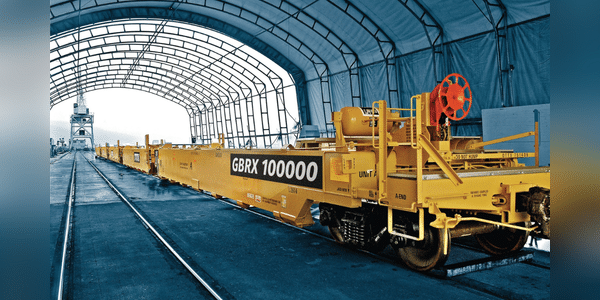The rail industry is experiencing dynamic growth and one of the leading companies in the sector is maintaining its strong position through innovation and strategic moves. The company recently secured new orders for railcars worth nearly $690 million, a testament to its ability to respond to current market needs and maintain a strong market position. In addition, the company boasts a successful expansion of its fleet, which now numbers 14,600 units at nearly 99% utilization.

Another interesting aspect is the stable and growing dividend the company pays. Currently, the dividend is USD 0.30 per share, which represents a dividend yield of 2.41%. This growth is also noticeable on a year-over-year basis, with an 8.1% increase. With consistent dividend increases and a healthy payout ratio, the company provides investors with an attractive return and stability.
Company performance

Greenbrier Companies $GBX, headquartered in Lake Oswego, Oregon, is a leading manufacturer and service provider to…